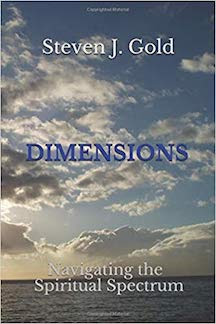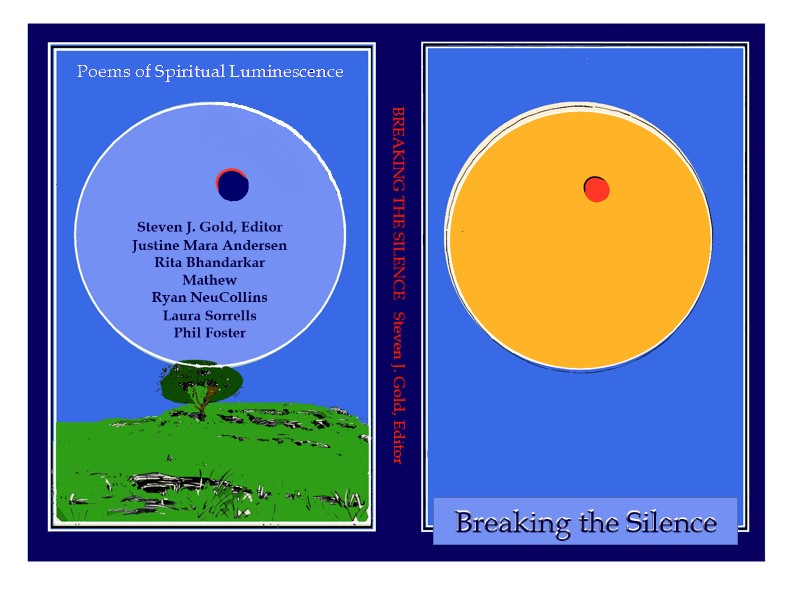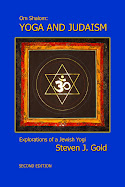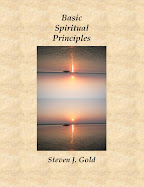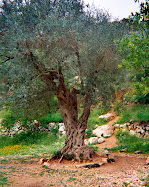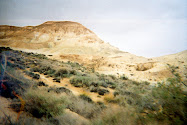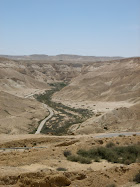Significant progress is being made for the publication of my new book, IVRI: The Essence of Hebrew Spirituality, 21st Century Perspectives on an Ancient Tradition. It looks like it may be ready within 4 to 6 weeks. In the meantime, following is an excerpt on Practical Vedanta:
Concepts of non-theistic divinity can be found in the mystical branches of many religious traditions, including Judaism, Christianity, Islam, Hinduism, Buddhism, Jainism, Sikhism, and Taoism. In Indian Yoga/Vedanta, “Braham” is the designation for the impersonal underlying permanent unified field in the realm of the absolute, of unmanifest potentiality. It is the basis for the Indian notion of “monism” as distinct from “monotheism”. It has parallels in the Buddhist concept of Shunyata/The Void and in Jewish mystical concepts of Ein/Ayin. (The “void” is not really empty, it is actually paradoxically brim full of all potentiality, but in an unmanifested state, so it is seemingly void in contrast with external manifestation). Proponents of this notion like to point out parallels to the “unified field” theory posited by modern physics, claiming that meditative practices of their spiritual traditions led to inner mystical revelation of this same state thousands of years ago.
Some versions of this notion has led to what critics rightfully regard as perspectives of life-escaping “Impractical Vedanta”, a viewpoint shared by various schools of thought, and prevalent in certain Gnostic schools. This is the idea that equates the permanency of the absolute realm with reality, and the impermanency of the realm of the relative with unreality and illusion. There is great value placed upon the absolute of permanency, and little value placed on the relative of impermanency. Since the only thing that is permanent is this underlying monistic state, it is the only reality and the only thing of any real value. Everything else in the relative world, by virtue of being impermanent, is of little value and illusory. Spiritual practices are intended to extricate oneself from the never-ending wheel of illusion and the inevitable suffering caused by virtue of impermanence in the realm of relativity. This is accomplished by establishing oneness in identity with the realm of the unchanging absolute, and by doing so, exiting out of this miserable world.
There is some jumping to conclusions involved in this perspective, as impermanence does not necessarily equate with unreality and illusion. Just because something is not permanent and subject to change, death and decay, does not mean that it is not real. Its reality may be of a different nature than the reality of the absolute and unchangeable, but it is still a reality. The tips of the waves of an ocean are not unreal or illusory; the incomplete, partial perception that they are separate and independent, that there is no ocean of which they are a part, indeed, which is their very unifying substance and upon which they are totally dependent – that is the illusion. Waves come and go, the ocean remains, but they are both real. There is something precious and poignant to the ever-changing, fleeting waves and the delicate, fragile little bubbles that comprise the foam at their tips. And at the same time, there is something wondrous about their resilience and persistence whereby they continue to rise and fall. And thus the perspective of the school of life-embracing “Practical Vedanta”, which recognizes this fallacy and values life in the relative world of materiality, but from a deep spiritual perspective. Spiritual practices are not intended just to literally extricate one from the material world, but also to provide a proper spiritual grounding to be better equipped to function at a high capacity within the material world. The source of suffering is the erroneous conclusion that there is only impermanence, diversity and relativity, with no recognition of an underlying substratum of permanence and unity. Discovering and establishing identity with the Unifying Oneness from which multiplicity emerges provides that spiritual grounding. Some forms of Buddhism develop this further through the concept of Bodhisattva — practitioners who have grounded firmly in the beyond, but who are devoted to serving in the material world, and not leaving it behind.

